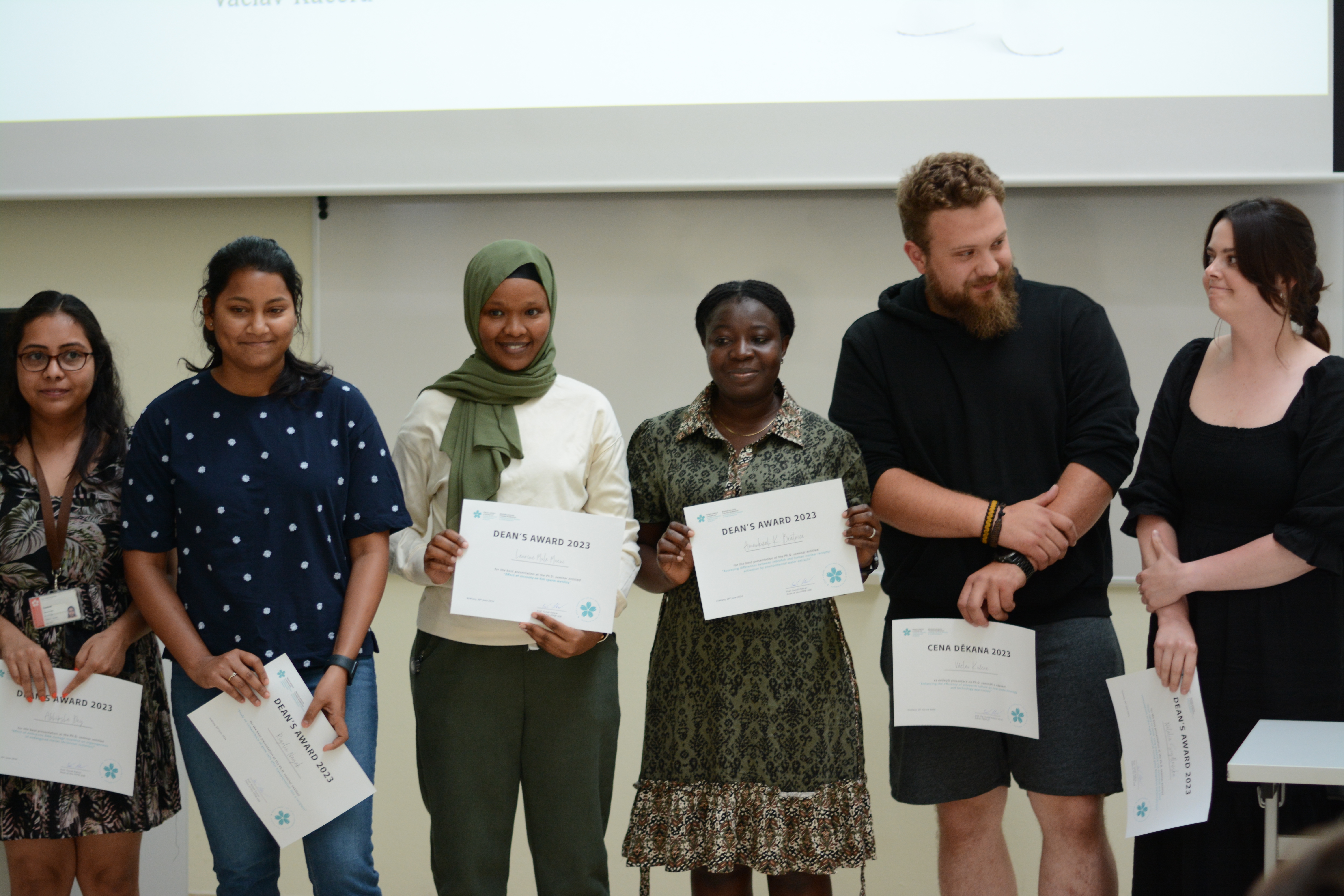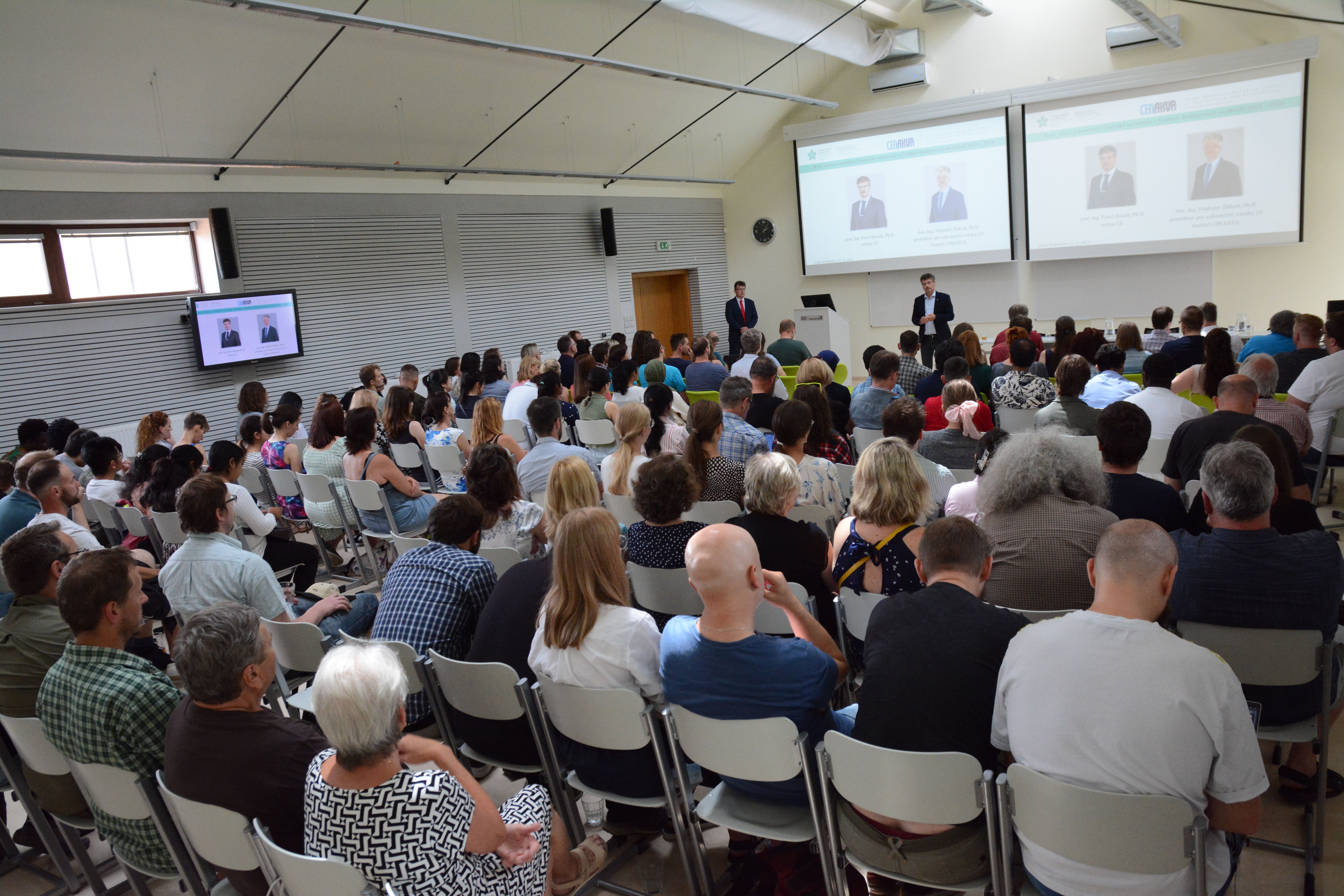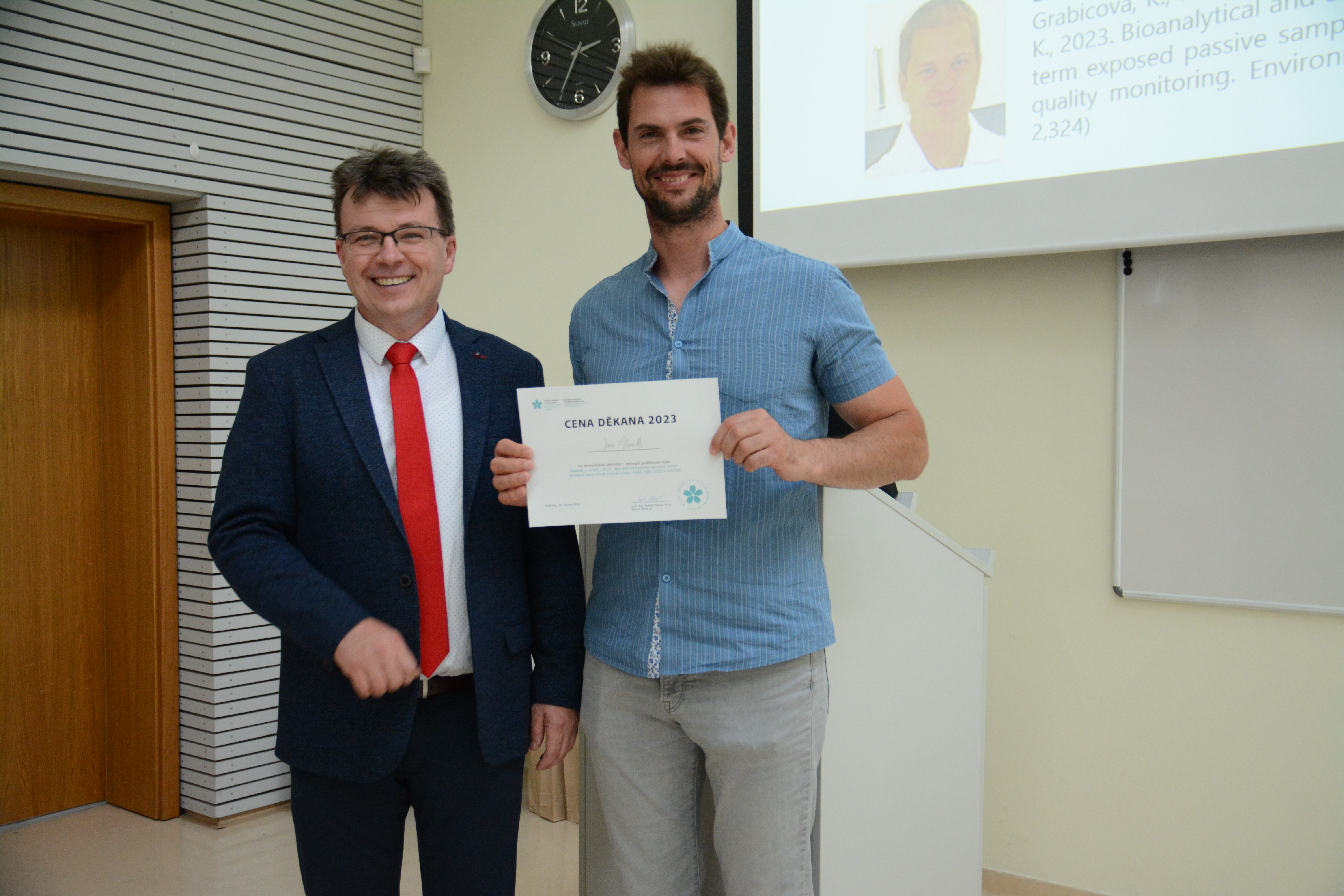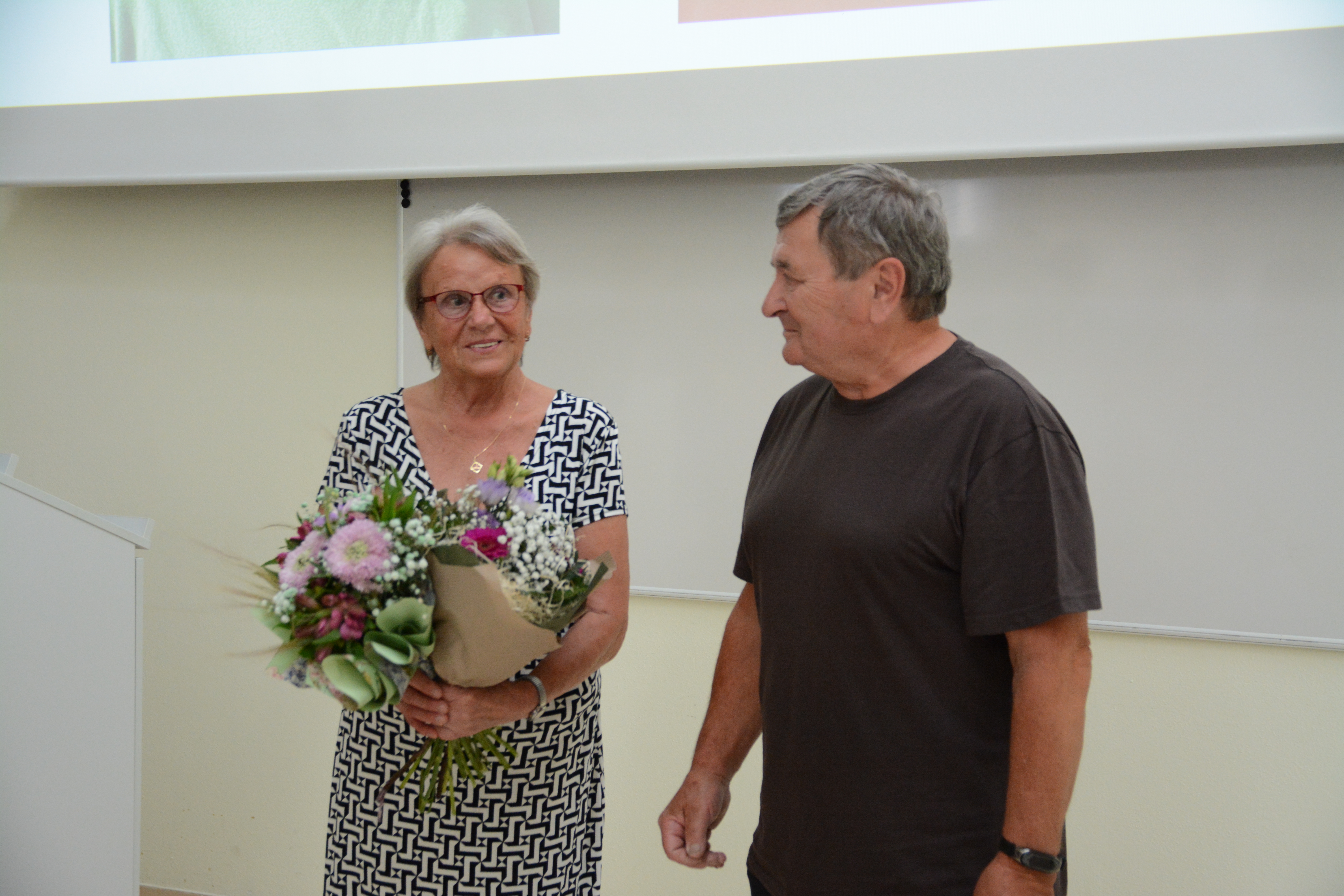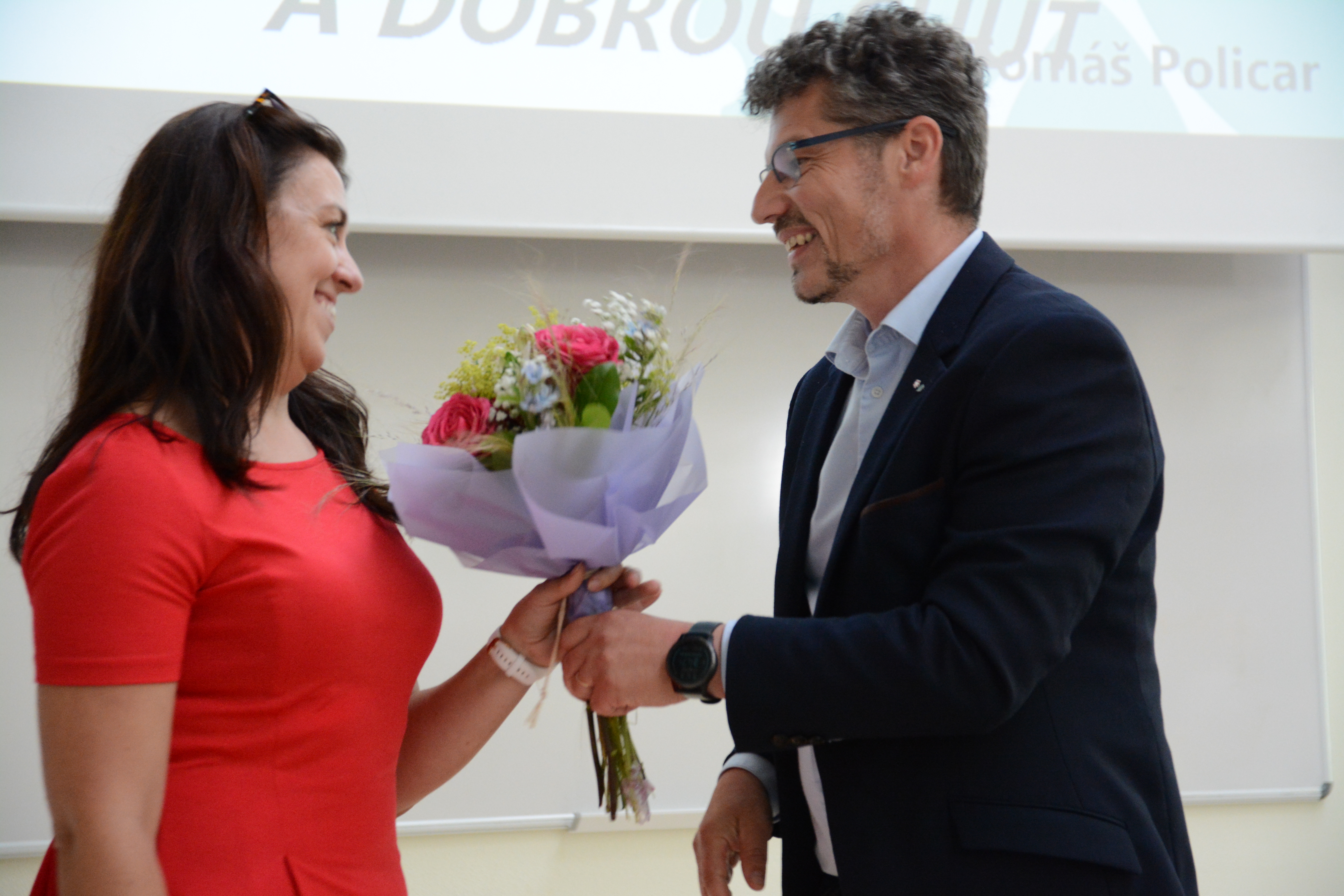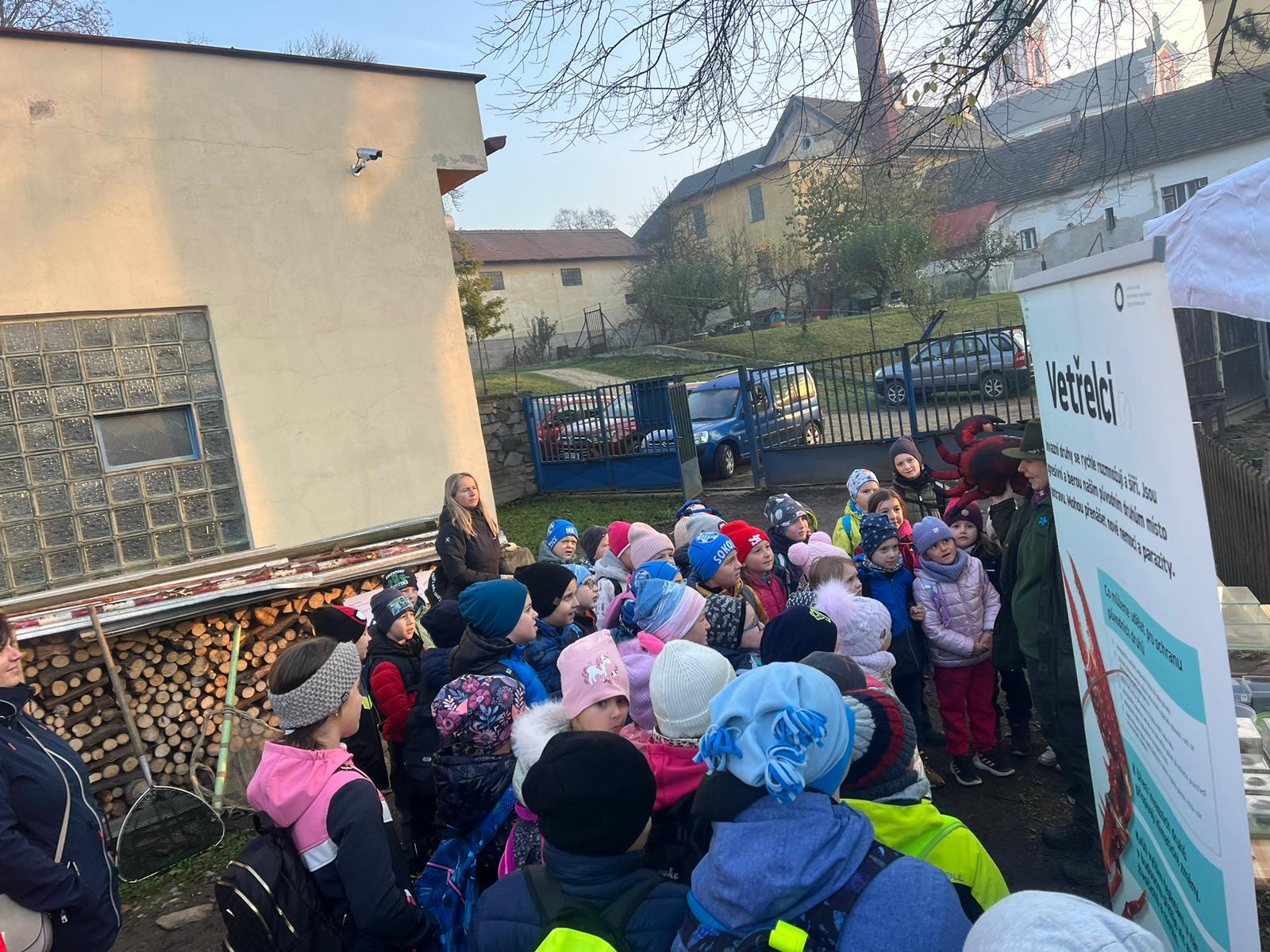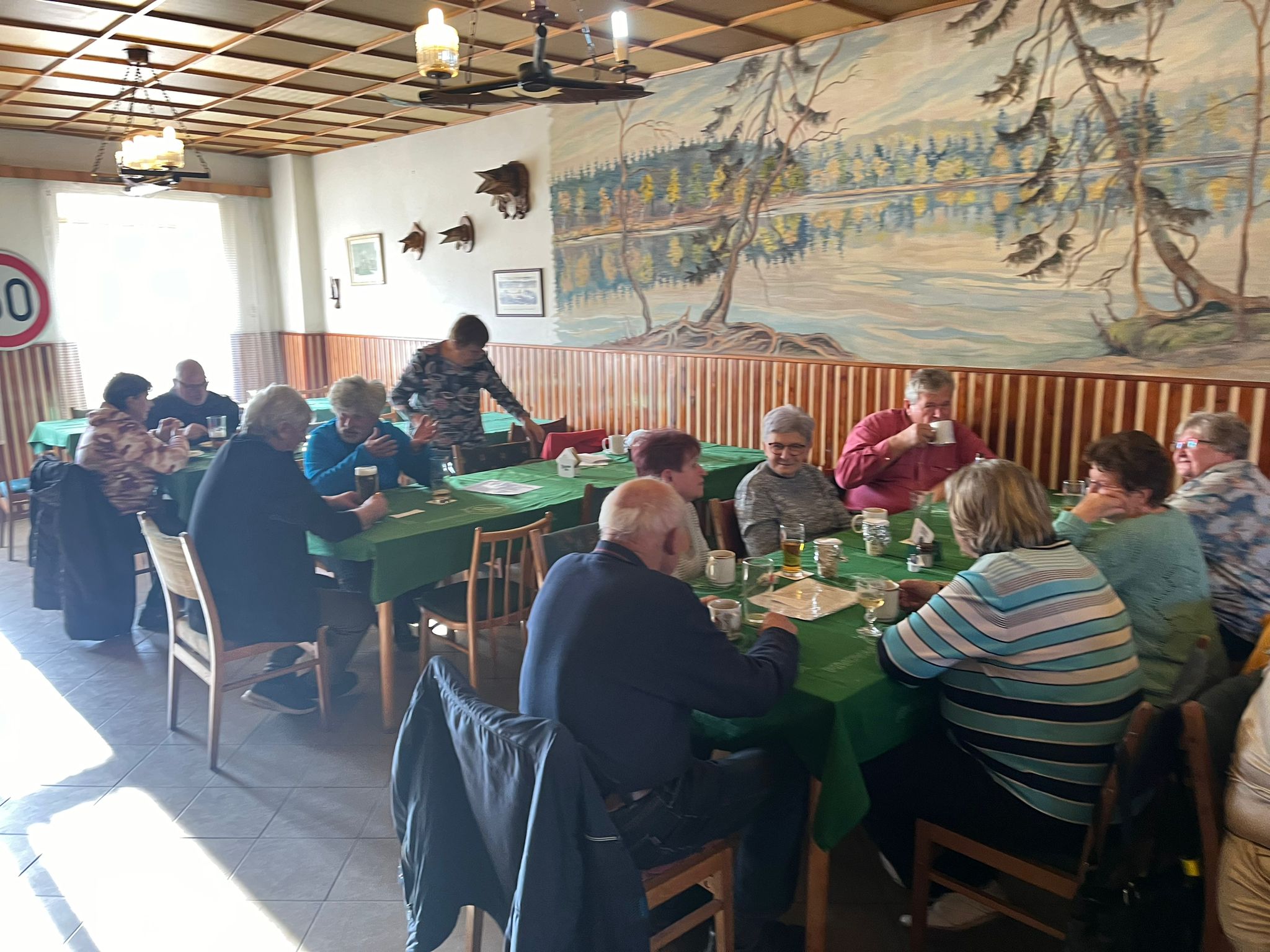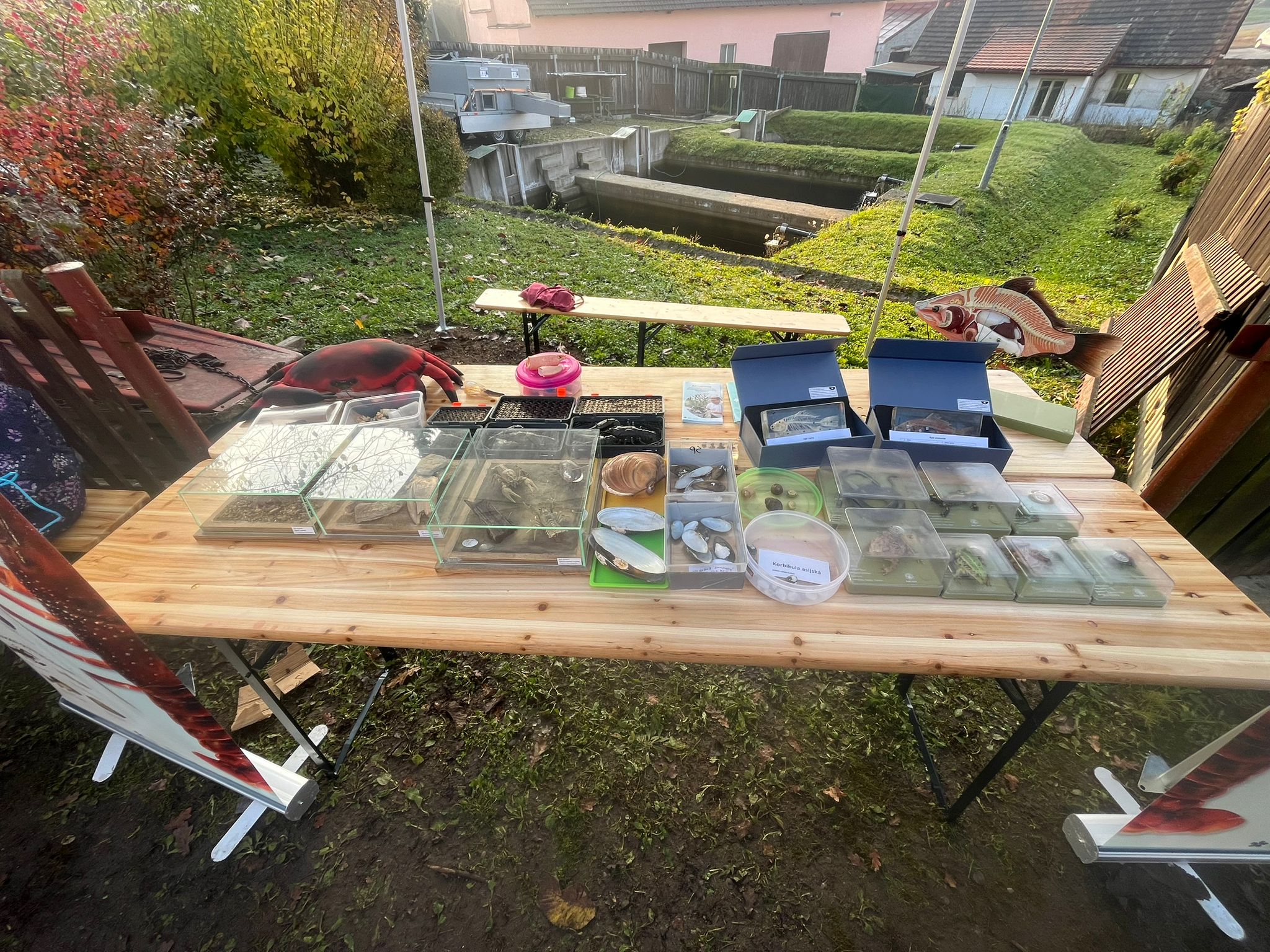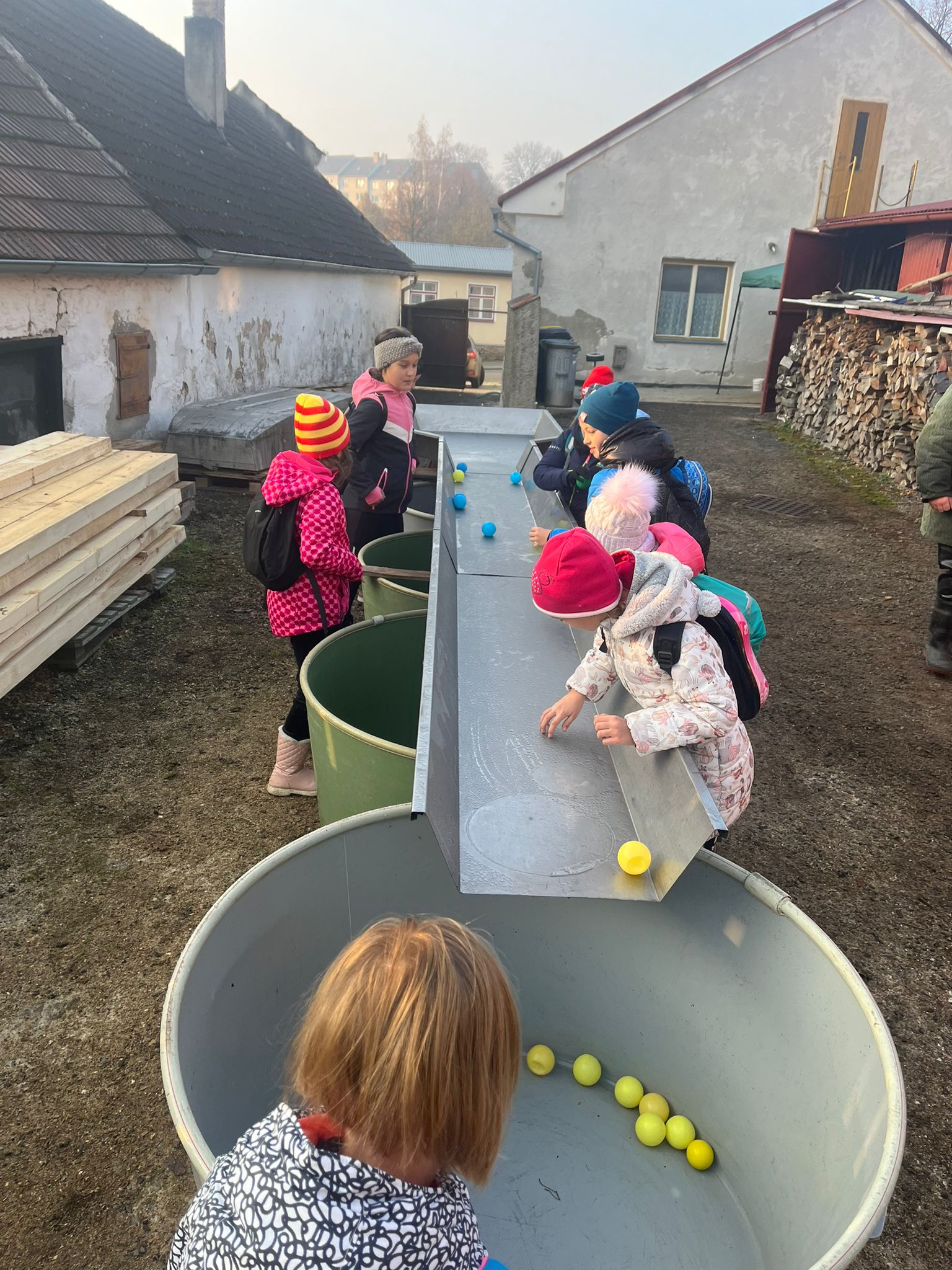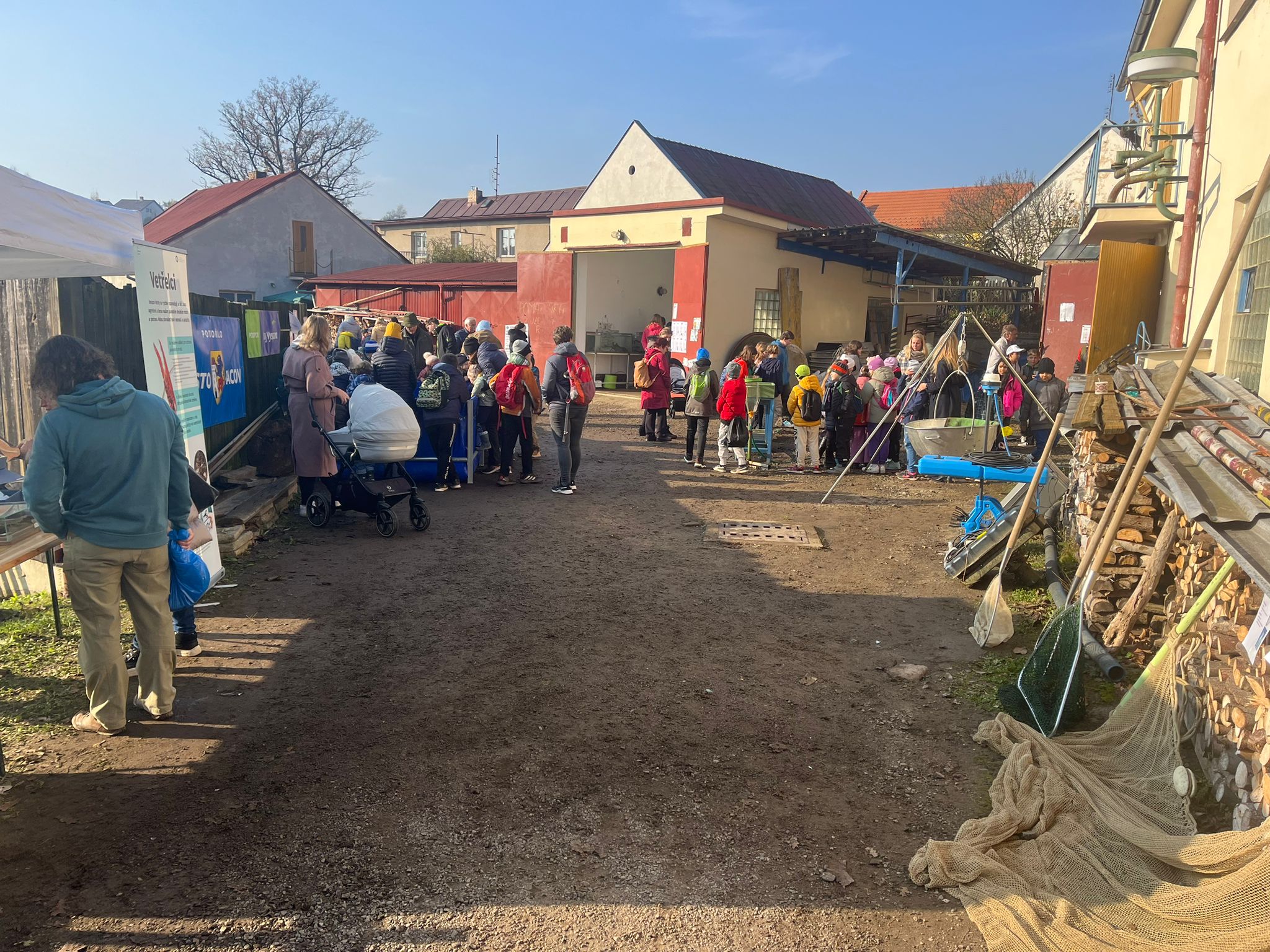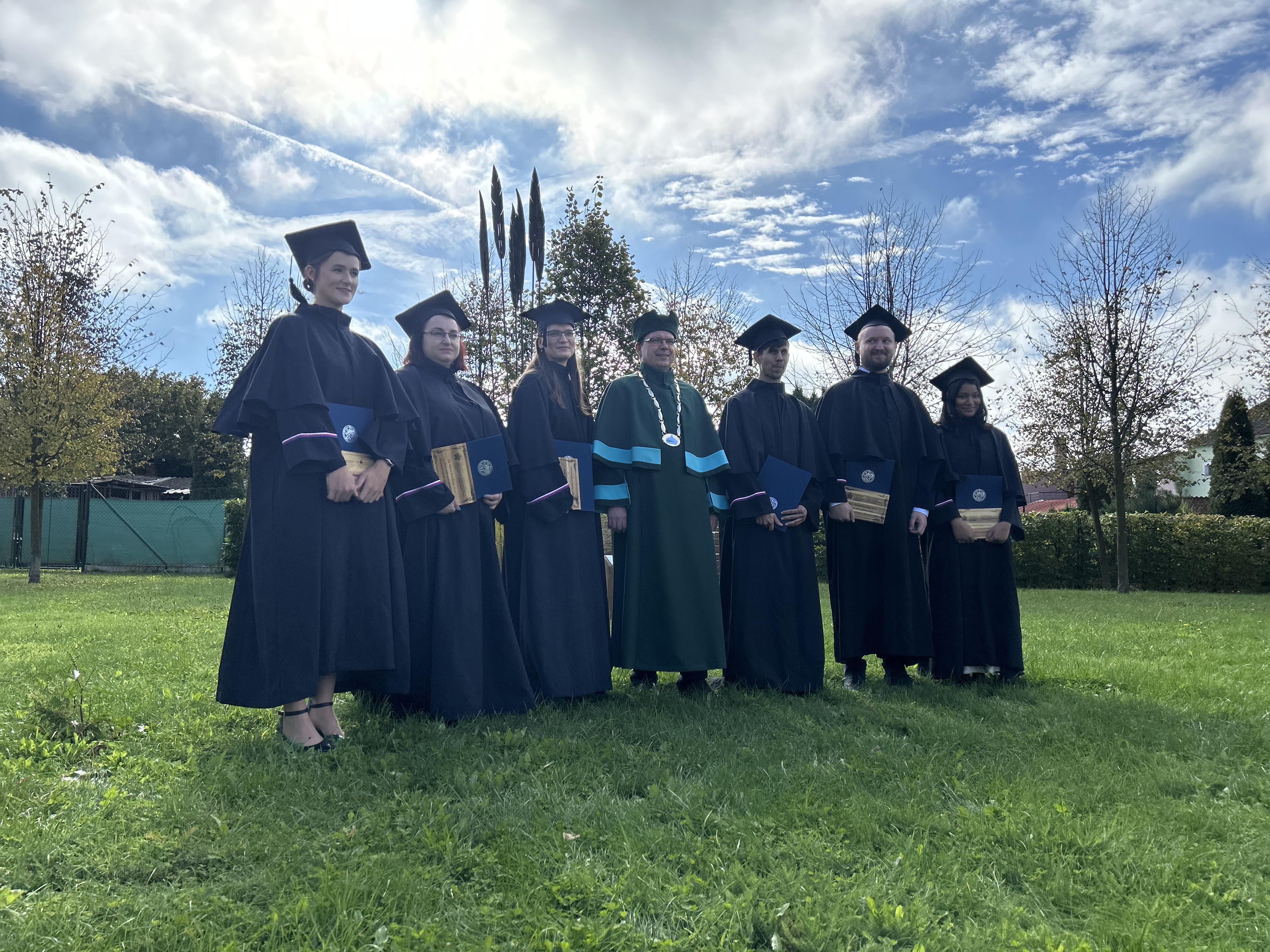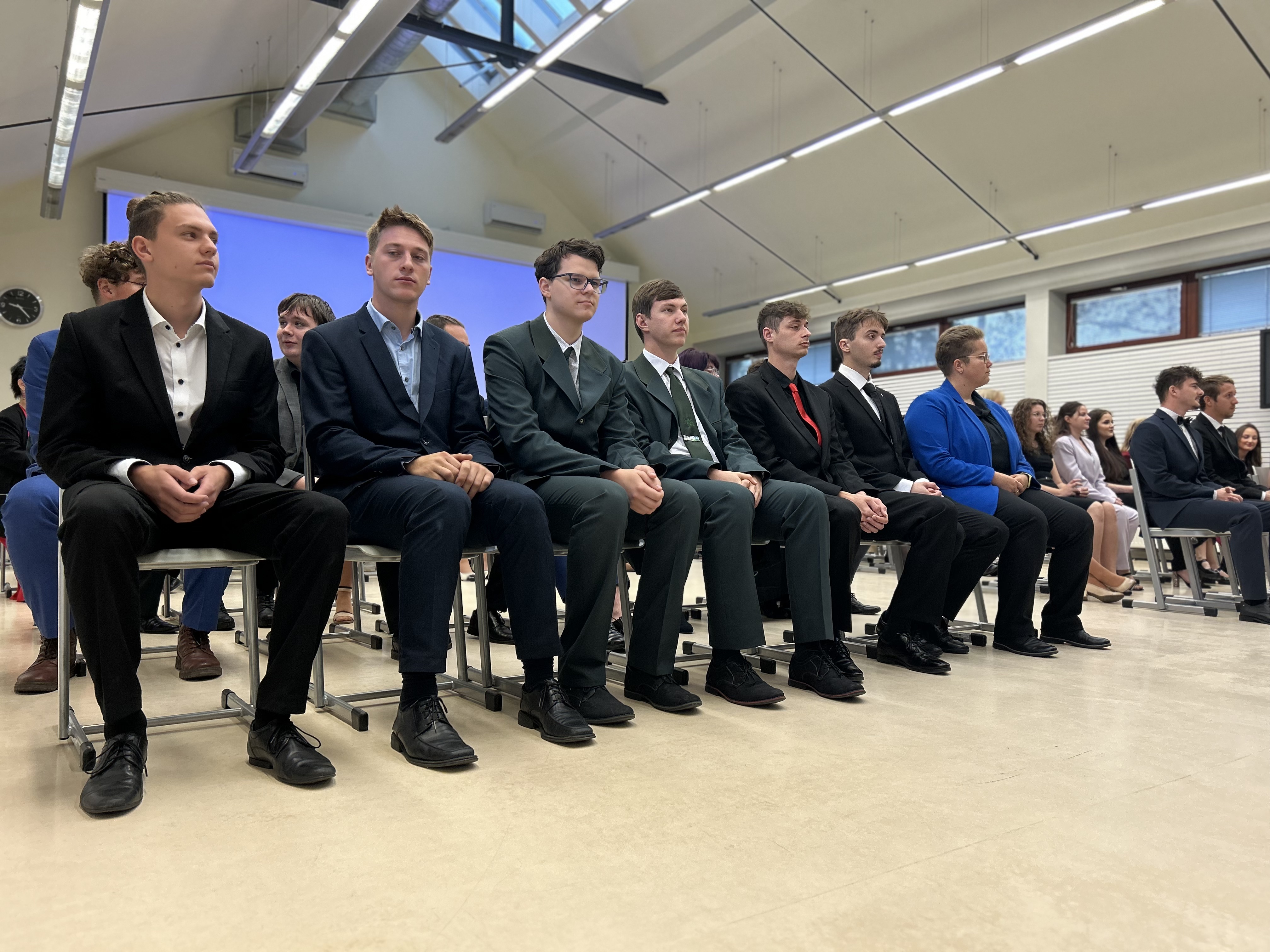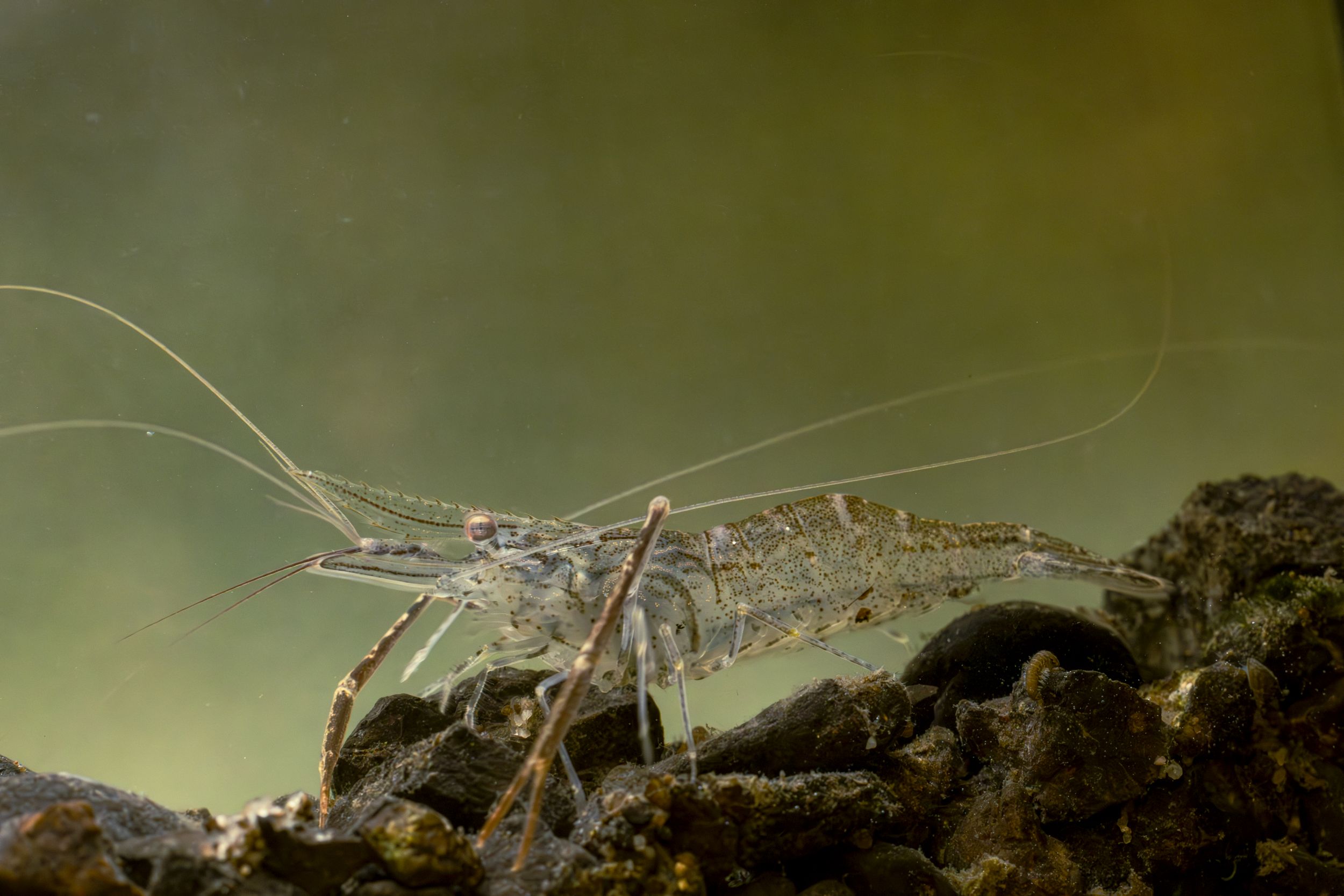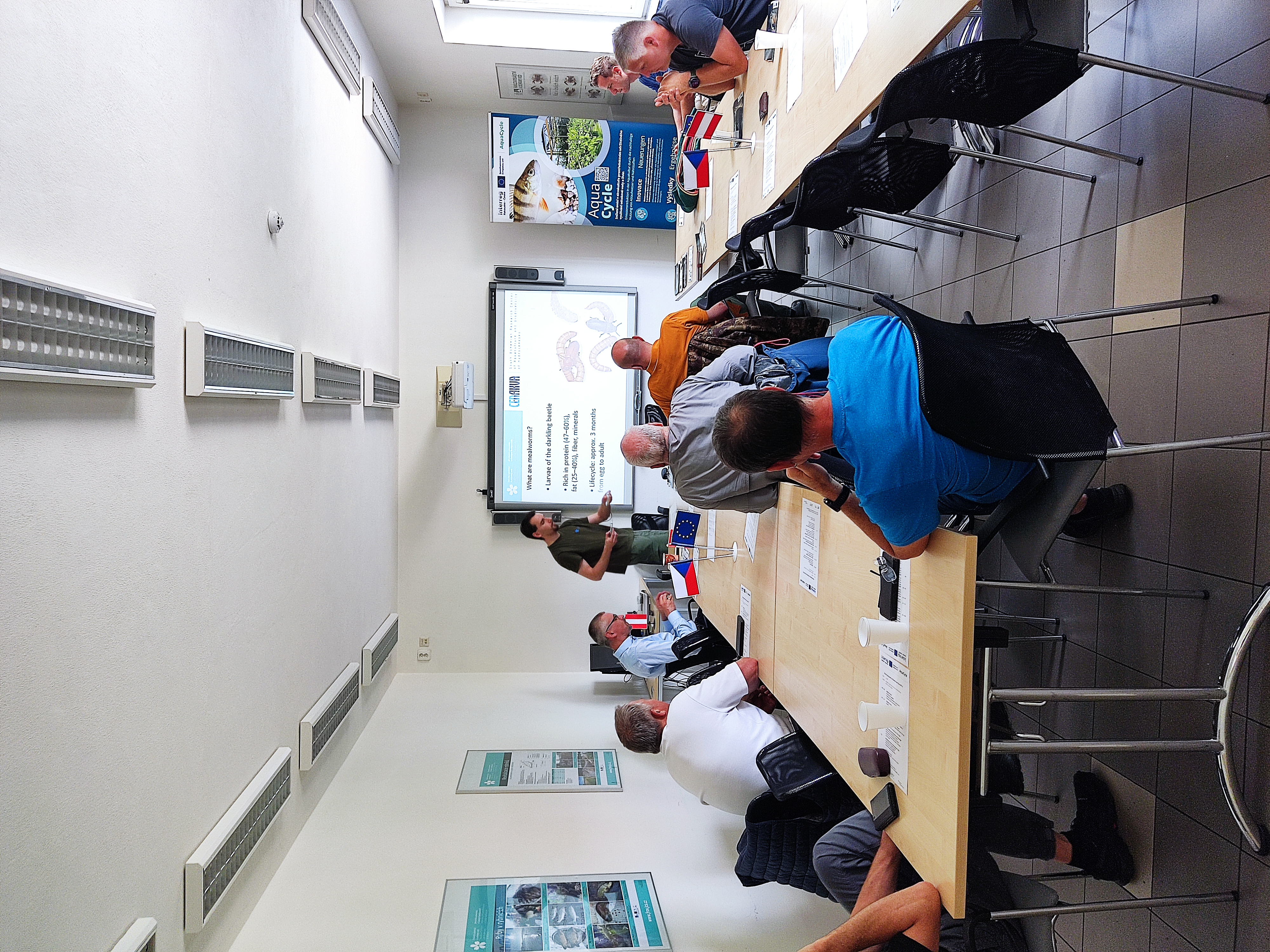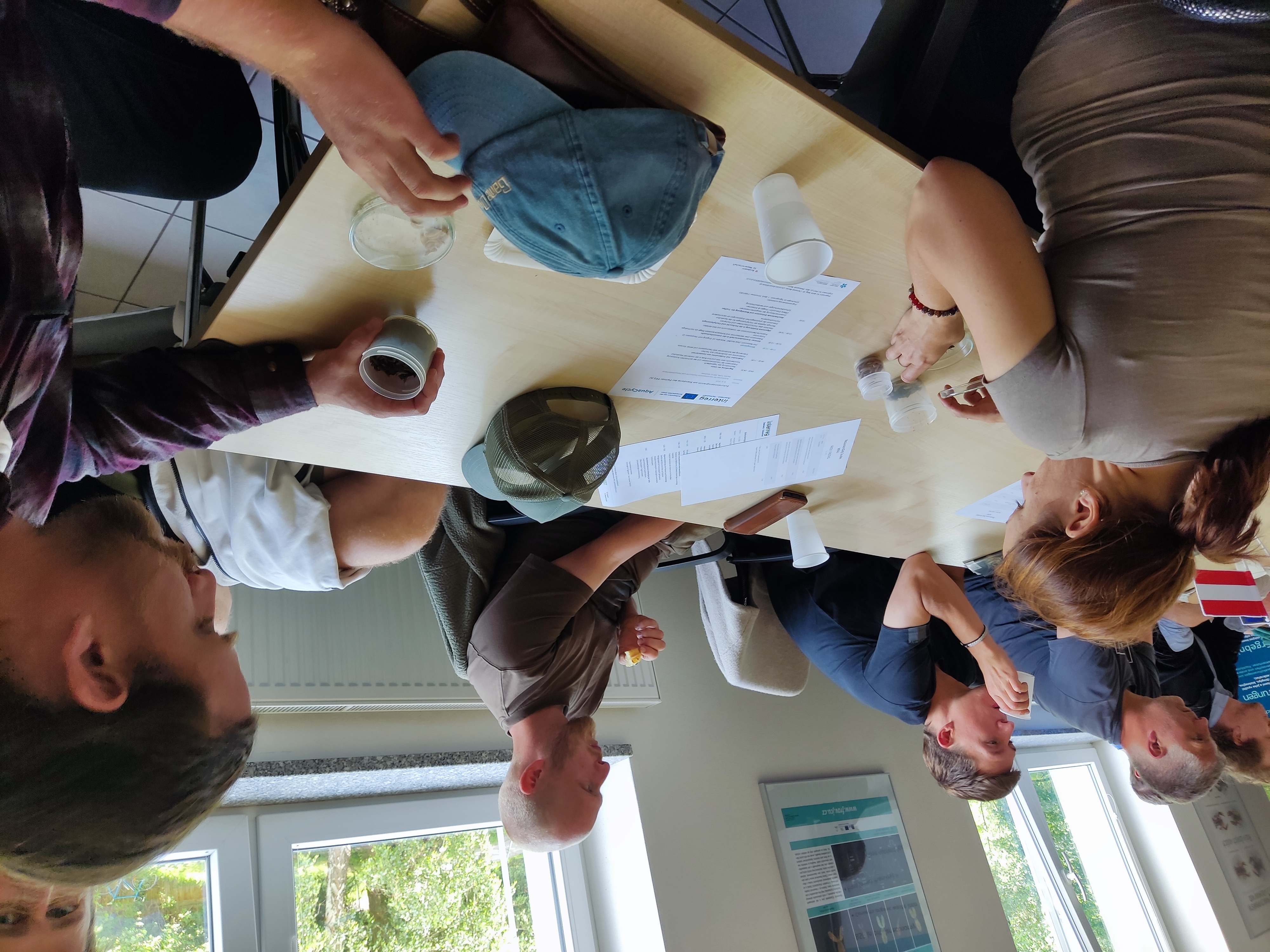Premium scholarships 4/2025
In accordance with the Scholarship Regulations of the USB and other regulations and internal norms of the faculty, the premium scholarship for contribution to faculty’s creative activities was awarded inApril 2025 to the following students:
|
Surname and name of the student
|
Publications for which the premium scholarship is awarded
|
|
Gao Linan
|
Gao, L., Franěk, R., Tichopád, T., Rodina, M., Gela, D., Šindelka, R., Saito, T., Pšenička, M., 2025. Mitochondria as Indispensable Yet Replaceable Components of Germ Plasm: Insights into PGCs Specification in Sturgeons. Reproduction 169: e240441. (IF 2023 = 3,700; AIS 2023 = 1,052) Gao, L., Franěk, F., Pšenička, M., 2025. Cryopreservation of Sturgeon Egg Mitochondria and Their Replacement in Germline: A Novel Strategy for Maternal Genetic Preservation in Sturgeons. Theriogenology 240: 117414. (IF 2023 = 2,400; AIS 2023 = 0,478) |
|
Kuebutornye Felix
|
Kuebutornye, F.K.A., Tellbüscher, A.A., Dvořák, P., Roy, K., Mráz, J., 2025. Feeding value of low opportunity cost biomasses (agri-food by-products) for development of circular pond fish feeds: An evaluation with common carp (Cyprinus carpio). Aquaculture Reports 42: 102753. (IF 2023 = 3,200; AIS 2023 = 0,547)
|
|
Strouhová Alžběta
|
Velíšek, J., Strouhová, A., Šandová, M., Zusková, E., Dvořák, P., Stará, A., 2025. Effects of praziquantel on early life stages of Grass carp, Ctenopharyngodon idella. Veterinarni Medicina 70: 93–100. (IF 2023 = 0,600; AIS 2023 = 0,126)
|
|
Tellbüscher Anil
|
Kuebutornye, F.K.A., Tellbüscher, A.A., Dvořák, P., Roy, K., Mráz, J., 2025. Feeding value of low opportunity cost biomasses (agri-food by-products) for development of circular pond fish feeds: An evaluation with common carp (Cyprinus carpio). Aquaculture Reports 42: 102753. (IF 2023 = 3,200; AIS 2023 = 0,547)
|

